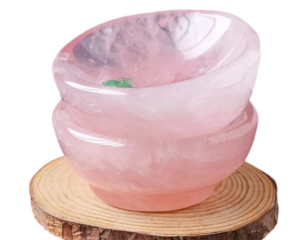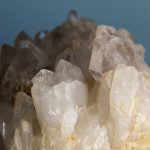The name spine has been derived from the Latin word spina, meaning little thorn, referring to the sharp points on some crystals. Sometimes blood red spinel is known as ruby spinel.
Spinel is found in a wide range of colors due to the presence of various impurities, and is transparent to almost opaque. Red spinel is due the presence of chromium + iron and is the most popular, although for many years it was thought to be a variety of ruby. The orange-yellow or orange-red variety is called rubicelle (a diminutive of the French word for ruby). Blue spinel is due to the presence of iron and less commonly by cobalt. Occasionally, inclusions of crystals such as magnetite or apatite may occur, and some Sri Lankan spinels may include zircon crystals surrounded by brown haloes. Star stones are rare, but when in cabochon may show 4-rayed or 6-rayed starts.
Spinel occurs in granites and metamorphic rocks, and is often found in association with corundum. Octahedral crystals and waterworn pebbles in a wide range of colors are found in the gem gravels of Burma, Sri Lanka, and Madagascar. Other localities include Afghanistan, Pakistan, Brazil, Australia, Sweden, Italy, Turkey, the former USSR, and the USA.
Synthetic spinel has been manufactured since 1910. It has been used to imitate diamond, or colored to imitate gemstones such as aquamarine and zircon. Blue synthetic spinel, colored by cobalt, has been used to imitate blue sapphire.




























Leave a Reply
You must be logged in to post a comment.